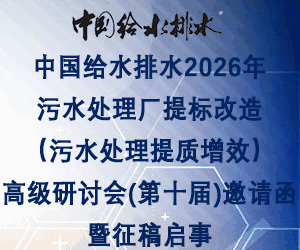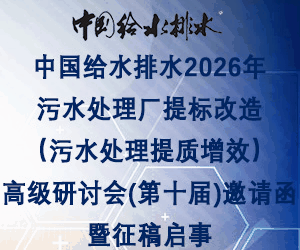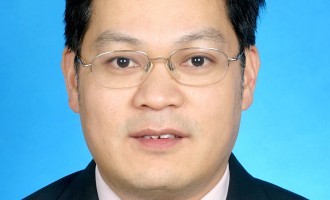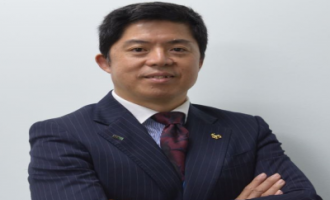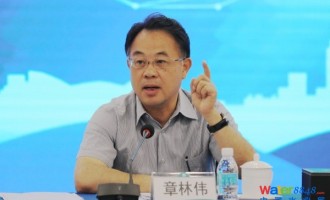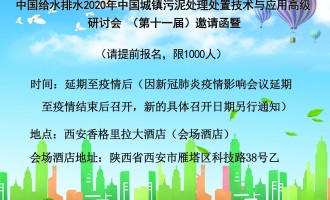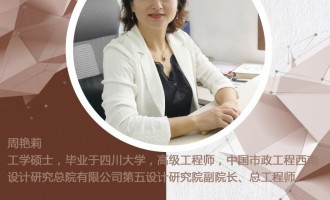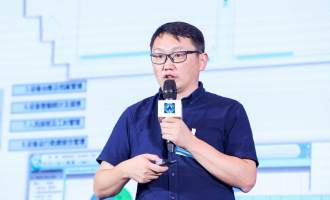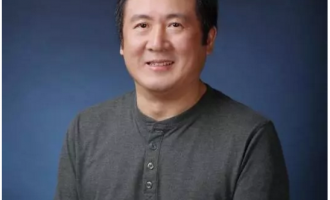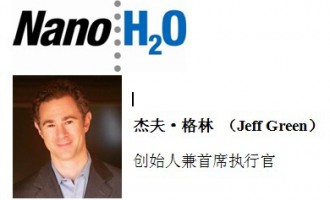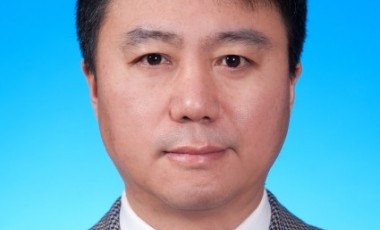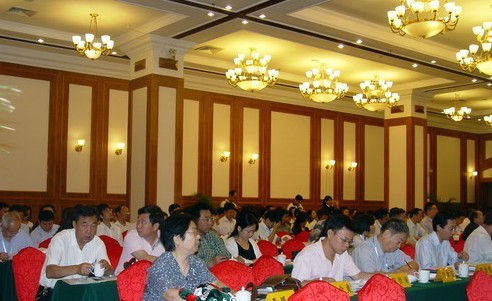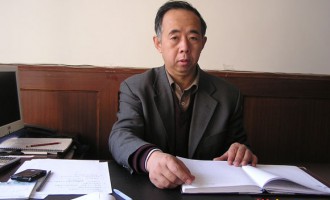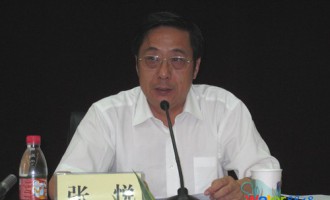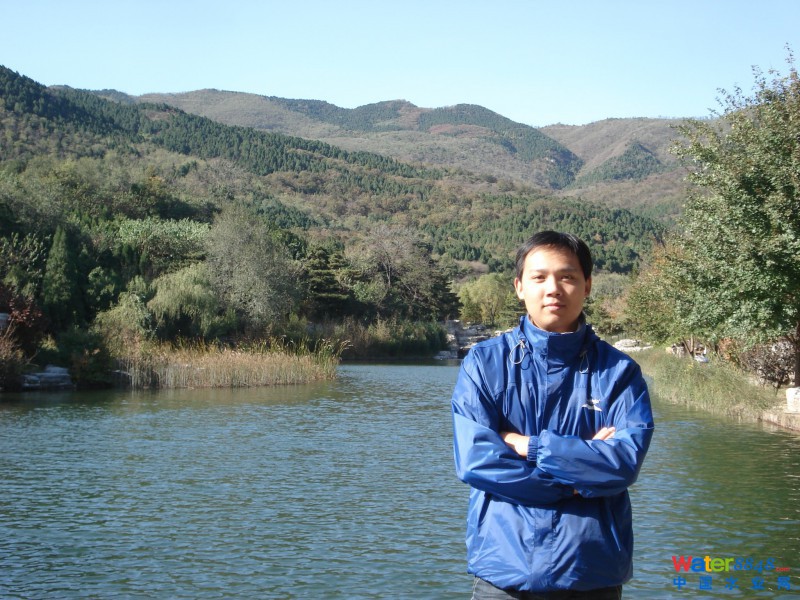
|
姓名:王灿
基本信息: 职务:系副主任 职称:副教授 社会兼职:IWA中国青年委员会委员 所在系、所:环境工程系 电子信箱:wangcan@tju.edu.cn 办公电话:022-27406057 传真:022-27406057
主要工作与学习经历: 2000—2004 同济大学环境工程专业学士 2004—2009 清华大学环境工程专业博士 2005 德国亚琛工业大学实习 2006 意大利威尼斯国际大学学习
主要研究方向: 挥发性有机废气与恶臭气体的控制技术 有毒有害污染物的生物控制理论与技术 工业废水污染控制技术
主讲课程: 环境分析监测(本科生) 高级环境工程原理(研究生)
主要学术成就、奖励及荣誉: “第十届全国水处理化学大会暨海峡两岸水处理化学研讨会”优秀论文奖(2010) “第三届简浩然环境微生物学基金”优秀论文奖(2010) 清华大学环境科学与工程系学术新秀(2009) 清华大学优秀博士论文(一等奖)(2009)
主要科研项目及角色: 1、高温有机废气生物过滤塔运行稳定性的影响机制与控制研究国家 自然科学基金青年项目 (2013-2015) 课题负责人 2、嗜热菌生物过滤技术处理高温挥发性有机物的研究 教育部博士点基金(新教师类)(2012—2014) 课题负责人 3、造纸废水污染减排综合技术研究与示范 国家水体污染控制与治理科技重大专项(子课题)(2012—2015) 课题负责人 4、挥发性有机污染物(VOCs)控制技术 天津大学北洋学者-青年骨干教师计划(2013-2014) 课题负责人 5、喷涂废气污染调研与控制装置启动方法(2009-2011) 横向课题 课题负责人 6、生物过滤技术处理有机废气的研究(2009-2011) 横向课题 课题负责人 7、中国及天津市相关环境法规监控的委托调查(2011-2012) 横向课题 课题负责人
代表性论著: [1] Kong Xin, Wang Can*, Ji Min. Analysis of microbial metabolic characteristics in mesophilic and thermophilic biofilters using Biolog plate technique, Chemical Engineering Journal, 2013, 230: 415-421. [2] Sun Liang, Wang Can*, Ji Min, Kong Xin. Treatment of mixed chemical wastewater and the agglomeration mechanism via an internal electrolysis filter, Chemical Engineering Journal, 2013, 215-216: 50-56. [3] Wang Can*, Kong Xin, Zhang Xin-Yue. Mesophilic and thermophilic biofiltration of gaseous toluene in a long-term operation: performance evaluation, biomass accumulation, mass balance analysis and isolation identification. Journal of Hazardous Material, 2012, 229-230: 94-99. [4] Huang Yao-Kun, Li Shuang, Wang Can*, Ji Min; Simultaneous removal of COD and NH3-N in secondary effluent of high-salinity industrial wastewater by electrochemical oxidation; Journal of Chemical Technology and Biotechnology, 2012, 87(7): 130-136. [5] Sun Liang, Wang Can*, Ji Min, Liu Xiao Fang. COD removal and biodegradability enhancement of pharmaceutical wastewater by a multilayer internal electrolysis reactor, Asian Journal of Chemistry, 2012, 24, (1): 1112-116. [6] Wang Can, Xi Jin-ying, Hu Hong-ying, Kang In-Sun. Modeling of a combined UV-Biofilter system treating gaseous chlorobenzene I. Model development and parametric sensitivity, Journal of Air and Waste Management Association, 2011, 61(3): 295-301. [7] Sun Liang, Wang Can*, Ji Min, Wang Fen. Treatment of pharmaceutical wastewater by a combined internal electrolysis and ultrasonic irradiation technology: biodegradability enhancement and acute biotoxicity removal, Frontier of Environmental Science and Engineering in China, 2011, 5 (3): 481-487. [8] Wang Can, Xi Jin-ying, Hu Hong-ying, Yao Yuan. Stimulative effects of ozone on a biofilter treating gaseous chlorobenzene. Environmental Science and Technology. 2009, 43 (24): 9407-9412. [9] Wang Can, Xi Jin-ying, Hu Hong-ying, Yao Yuan. Effects of UV pretreatment on microbial community structure and metabolic characteristics in a subsequent biofilter treating gaseous chlorobenzene. Bioresource Technology. 2009, 100(23), 5581-5587. [10] Wang Can, Xi Jin-ying, Hu Hong-ying, Yao Yuan. Advantages of combined UV photodegradation and biofiltration processes to treat gaseous chlorobenzene. Journal of Hazardous Materials, 2009, 171(1-3), 1120-1125. [11]Wang Can, Xi Jin-ying, Hu Hong-ying. Effects of operation conditions on removal rate constant and quantum yield of gaseous chlorobenzene in a photochemical reactor. Journal of air and waste management association. 2009, 59(4), 386-391. [12]Wang Can, Xi Jin-ying, Hu Hong-ying. Reduction of toxic products and bioaerosol emission of a combined UV-biofilter process for chlorobenzene treatment. Journal of air and waste management association. 2009, 59(4), 405-410. [13]Wang Can, Xi Jin-ying, Hu Hong-ying. Effects of nitrogen source, empty bed residence time and inlet concentration on performance of a biofilter for chlorobenzene removal. Engineering in life science. 2009, 9(2), 109-115. [14]Wang Can, Xi Jin-ying, Hu Hong-ying. Chemical identification and acute biotoxicity assessment of gaseous chlorobenzene photodegradation products. Chemosphere, 2008, 73(8):1167-1171. [15]Wang Can, Xi Jin-ying, Hu Hong-ying. A novel integrated UV-biofilter system to treat high concentration of gaseous chlorobenzene, Chinese Science Bulletin, 2008, 53(17):2712-2716. [16] Wang Can, Xi Jin-ying, Hu Hong-ying, Wen Xiang-hua.Biodegradation of gaseous chlorobenzene by white rot fungi. Biomedical and Environmental Science, 2008, 21(6):474-478. [17] 王灿,席劲瑛,胡洪营,姚远. 紫外光降解对生物过滤塔去除氯苯性能的影响机制研究,环境科学,2012,33(1): 32-36. [18] 孙亮,王灿*,季民,王郭城; 内电解-混凝沉淀技术对合成制药废水的预处理研究; 环境化学; 2011,30(7): 1311-1315. [19]张馨月,王灿*,季民. 嗜热菌生物过滤技术处理高温废气的研究进展,化工环保,2011, 31(1): 34-37. [20]王灿,席劲瑛,胡洪营,武俊良. 挥发性有机物控制技术评价指标体系初探,化工环保,2011, 31(1): 73-76. [21]孙亮,王灿*,季民. 内电解技术处理有毒有害工业废水的应用进展,化工环保,2010,30(4): 306-310. [22]王灿,席劲瑛,胡洪营. 紫外-生物过滤联合工艺和单一生物过滤工艺中微生物代谢特性的比较研究,环境科学学报,2010,30(8): 1587-1592. [23]王灿,胡洪营,席劲瑛. 紫外光降解反应器去除氯苯气体模型的建立与应用. 环境科学,2009, 30(1):29-32. [24]王灿,席劲瑛,胡洪营,于茵,文湘华. 白腐真菌生物过滤塔处理氯苯气体的研究. 环境科学, 2008, 29(2): 500-505. (EI源) [25]王灿,胡洪营,席劲瑛. 丝状真菌生物过滤塔对挥发性有机物的去除性能.环境科学与技术, 2008, 31(7):40-43. [26]王灿,席劲瑛,胡洪营,沈茹乔. 紫外光降解高浓度氯苯气体的研究. 环境科学研究, 2008, 21(2):125-129. [27] 王灿,席劲瑛,胡洪营,文湘华,于茵. 气液环境下白腐真菌Phanerochaete chrysosporium在载体表面的附着性能研究. 环境科学学报,2007, 27(1):53-58. [28] 王灿,席劲瑛,胡洪营,于茵,文湘华. 培养基种类和培养条件对白腐真菌生长和产酶特性的影响. 环境科学研究,2007, 20(2):9-13. [29] 王灿,胡洪营,席劲瑛. 城市污水处理厂恶臭污染及其评价体系. 给水排水,2005, 31(9):15-19.
获得专利 1王灿,季民,张馨月. 发明专利《一种控制生物过滤装置填料层堵塞的方法及装置》专利号:ZL 201010609559.6 2王灿,季民,张馨月. 实用新型专利《一种可控填料层堵塞的生物过滤装置》专利号:ZL 2010 2 0684668.X 3王灿,季民,陈伟楠. 实用新型专利《一种用于处理难降解化工废水的三维电极—生物膜反应器》专利号:ZL 201120553397.9 4王灿,季民,陈伟楠. 实用新型专利《一种适用于板式膜生物反应器组件的预混型微孔曝气系统》专利号:ZL 201220208536.9 |


